Is your child’s first visit to a occupational therapist coming up and you have no idea what to expect?
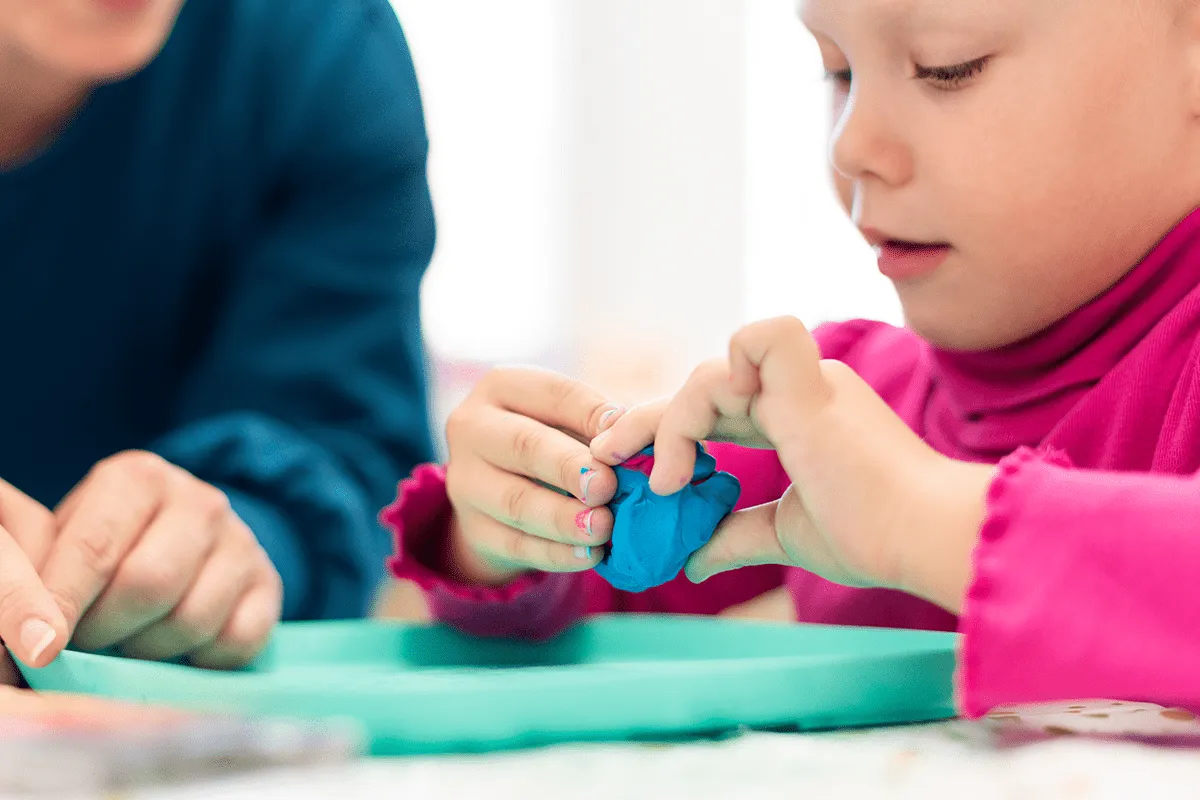
The first thing you should know is that you’ve got nothing to worry about. All you have to do is show up with your kid and the therapist will handle the rest. From setting goals to providing treatment to explaining to you how the therapy will work, your therapist will be responsible for all the work.
To put it another way, visiting an occupational therapist is a breeze because they handle all the work and walk you through the process – at least, the good ones do.
However, that’s now to say that knowing the basics of what to expect is a bad idea. Knowing the basics will help you feel at ease and communicate better. So let’s dive into the details of the occupational therapy process.
The Traditional Occupational Therapy Process

1. Information Gathering
The first part of the process is gathering information on the difficulties your child is experiencing.
So the first thing you’ll do is thoroughly discuss all the concerns you have about your child. When you have voiced all your concerns, the therapist will ask you a couple of questions to identify and confirm the problem your child is facing.
Once the therapist is sure they know what the problem is, they will explain how it can affect your child’s development and discuss all possible culprits.
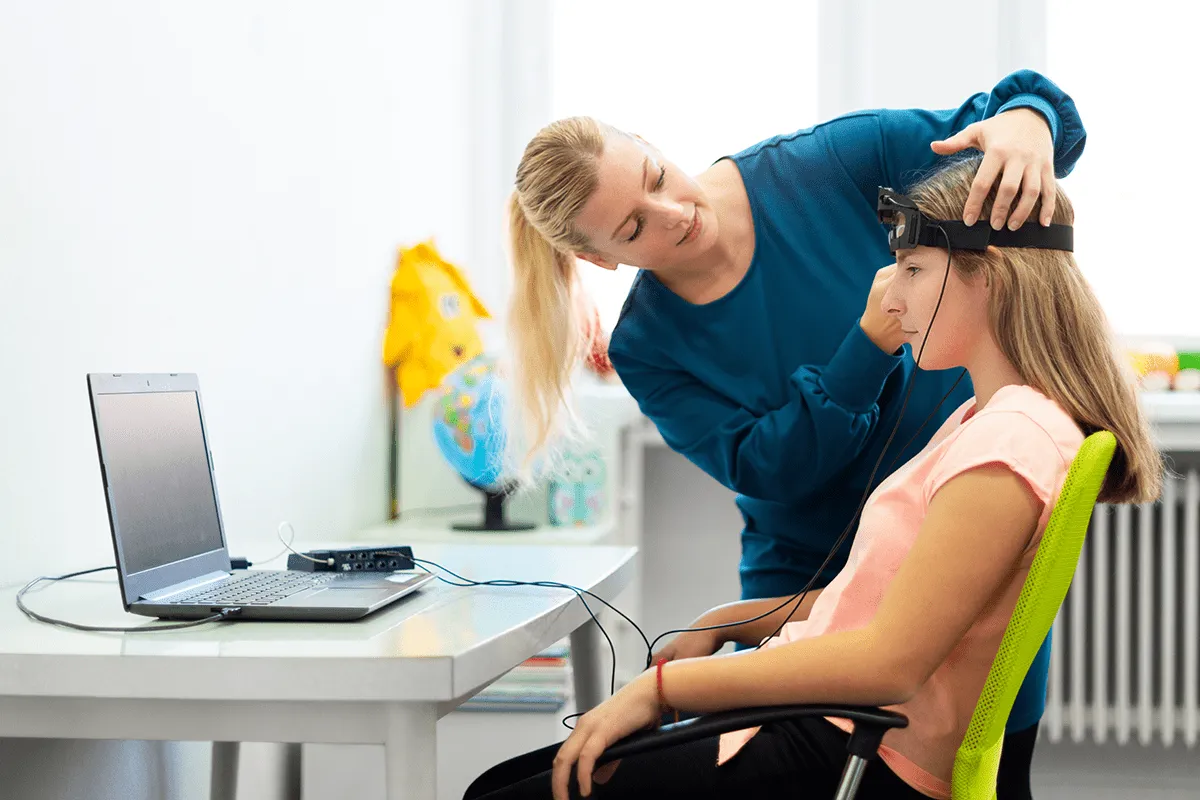
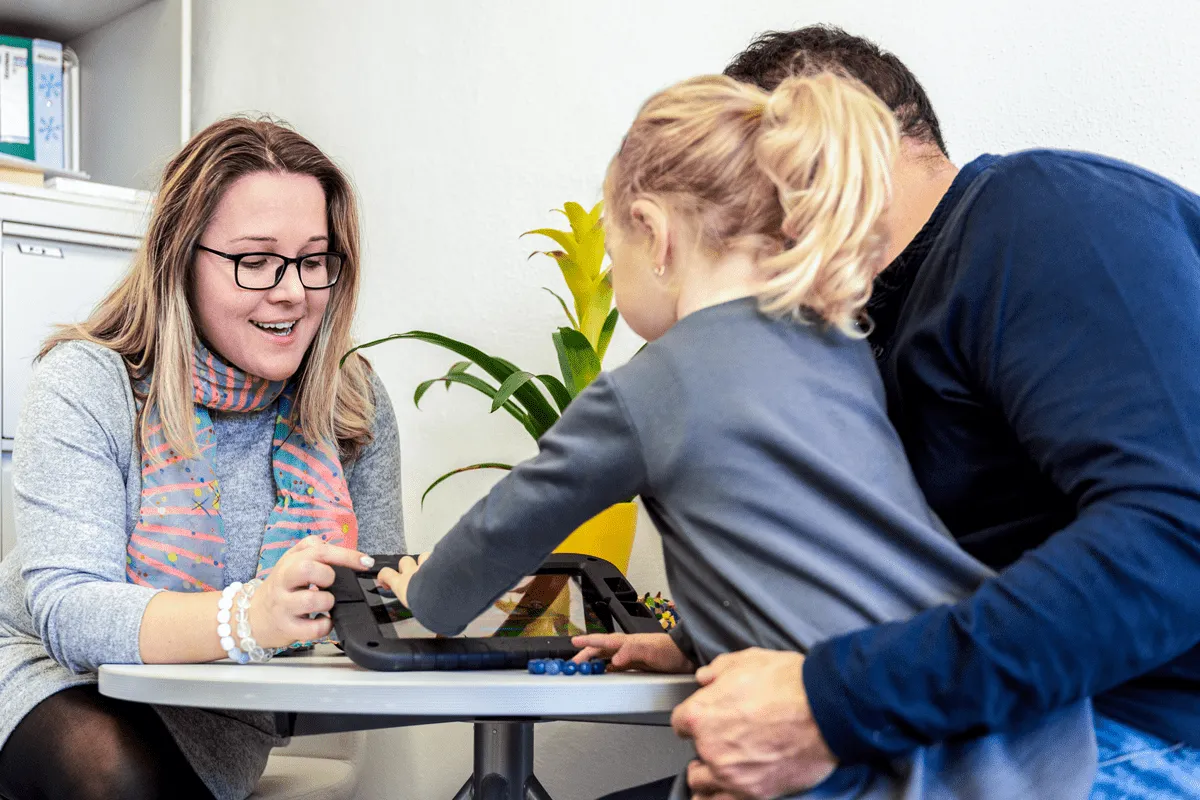
2. The Assessment Stage
After identifying the problem, the next step is to gain a better insight into the difficulties your child is experiencing and how those difficulties are impacting their ability to perform certain tasks.
This is done through an extensive assessment, which will be performed by the therapist. So your role in this stage is to just sit back, watch, and participate only if asked.
3. Goal Setting
After conducting an extensive assessment, the therapist will help both you and your child decide which of the problems are the most important, most urgent, and most influential in ensuring your child lives a happy life. Based on your decision, the therapist will set up goals specific to your child’s condition.
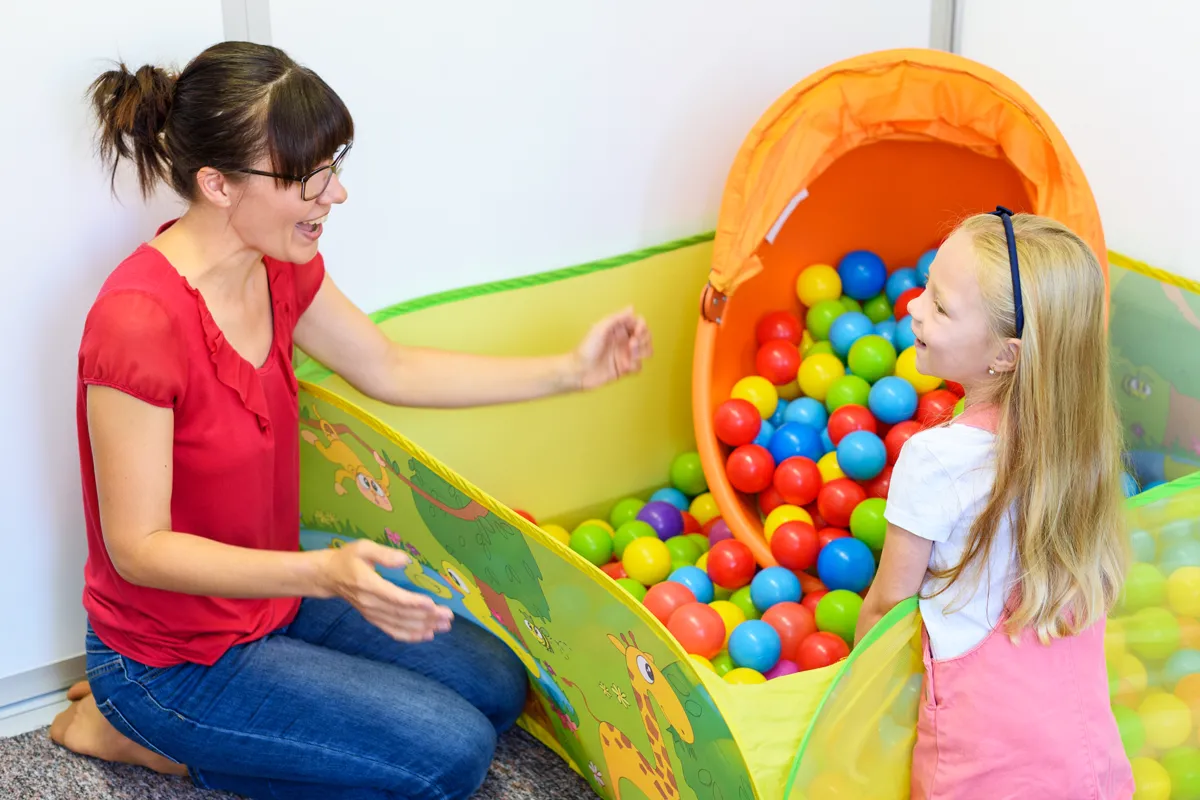
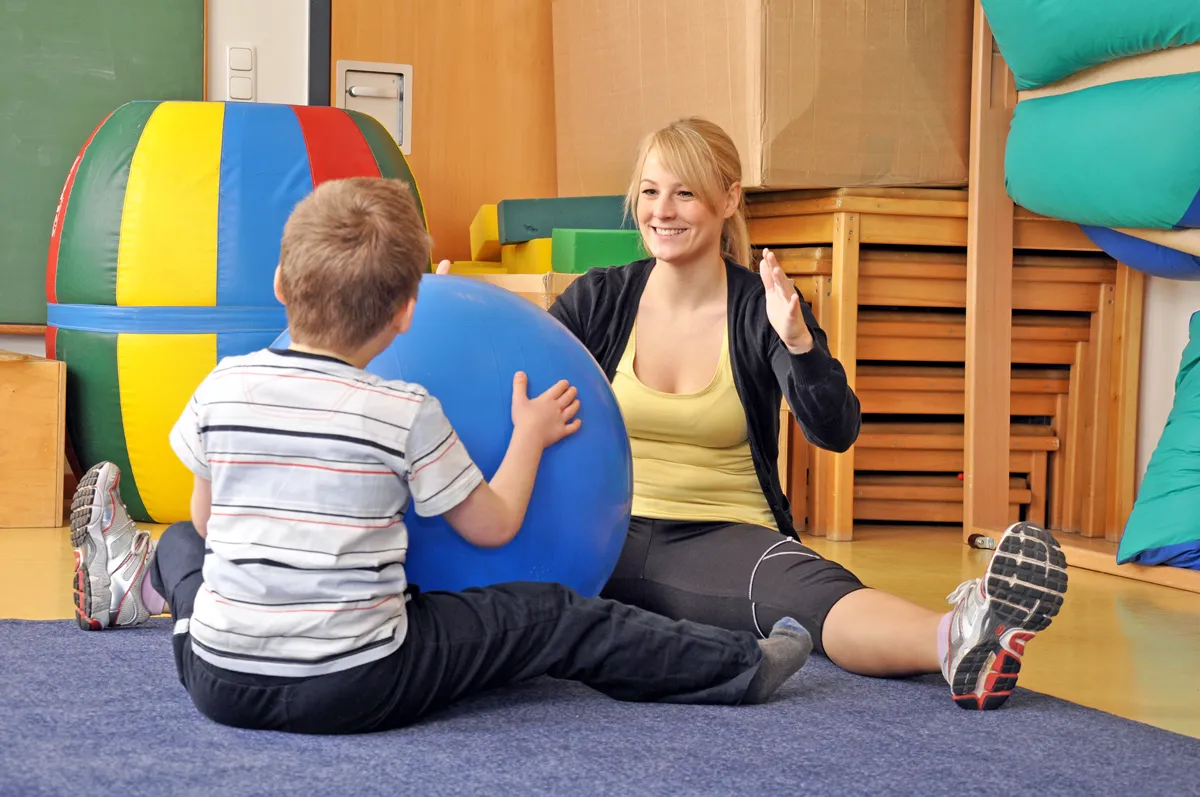
4. Exercise Selection
To meet the selected goals on time, your child’s therapist will choose a list of treatment activities that are ideal for developing the skills required to reach those goals.
Depending on the area of focus, those exercises can literally be anything ranging from simple games like play dough to difficult exercises like advanced yoga poses.
5. Treatment
The fifth stage is where the treatment begins. It’s when you will start to notice improvements first hand and see the positive impact that OT can have on your child.
Treatment sessions will take place at either the clinic, your home, or your child’s school.
Furthermore, the sessions will either be one-on-one or in groups. For most children, the ideal treatment is a combination of both group and one-on-one sessions because each has its own merits. While group sessions give children an opportunity to practice with their peers, one-on-one sessions are ideal for helping your child focus on one particular skill.


6. Regular Reviews
As long as your child’s treatment lasts, you will receive regular reviews on their progress. This ensures that you are fully aware of how your child’s therapy is going.
So your therapist will take out some time each week or month to set up a meeting with you to discuss the following:
- Improvements you’ve noticed
- Progress made from the last review until now
- What has worked well and what hasn’t
- Which goals have been met and which haven’t
- Any new goals that you would like your child to achieve
7. A Final Review Before Discharge
The final review will be the one where your therapist believes your child has made the maximum progress through OT effectively. However, your child won’t be discharged unless you are happy with the progress they’ve made so far.
If that happens to be the case – which is such an extreme rarity that in our decades of providing OT, we’ve never had this problem in our clinic and have only heard a few cases mentioned by our colleagues – your therapist will refer you to another specialist who they believe is best suited to treat your child.
Once again, that rarely happens. Pediatric OT always brings results. Sometimes small. Sometimes big. But there are notable improvements in virtually every case.
We hope you now have a better understanding of how occupational therapy works for kids.
If you’re looking for a passionate, committed, and family-centered OT center that will go above and beyond to help your kid grow, call us at (480) 787-5387.
